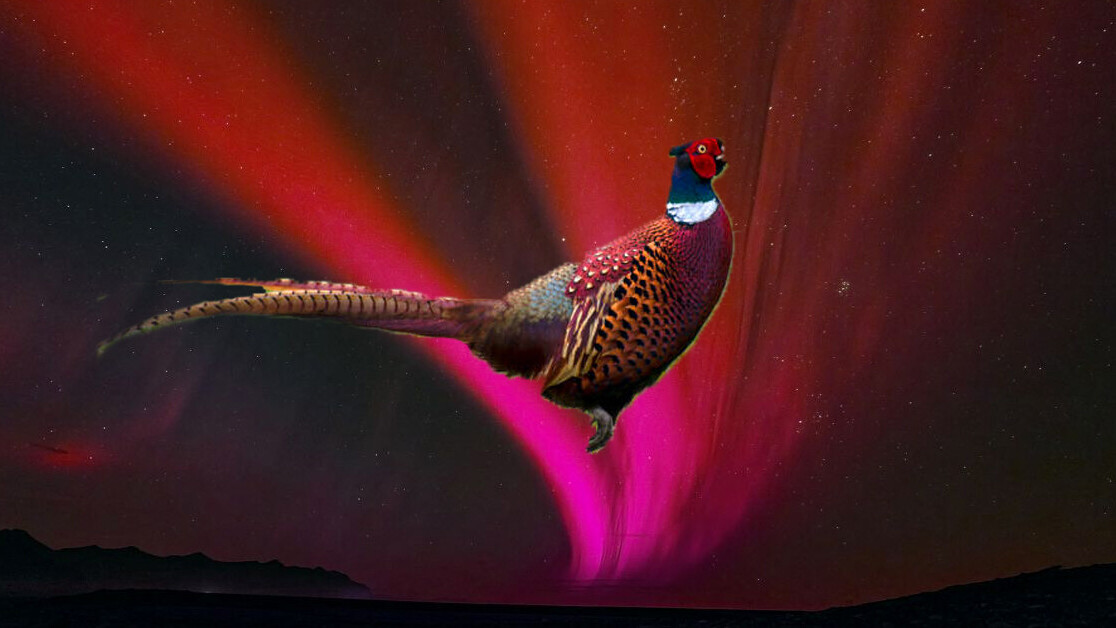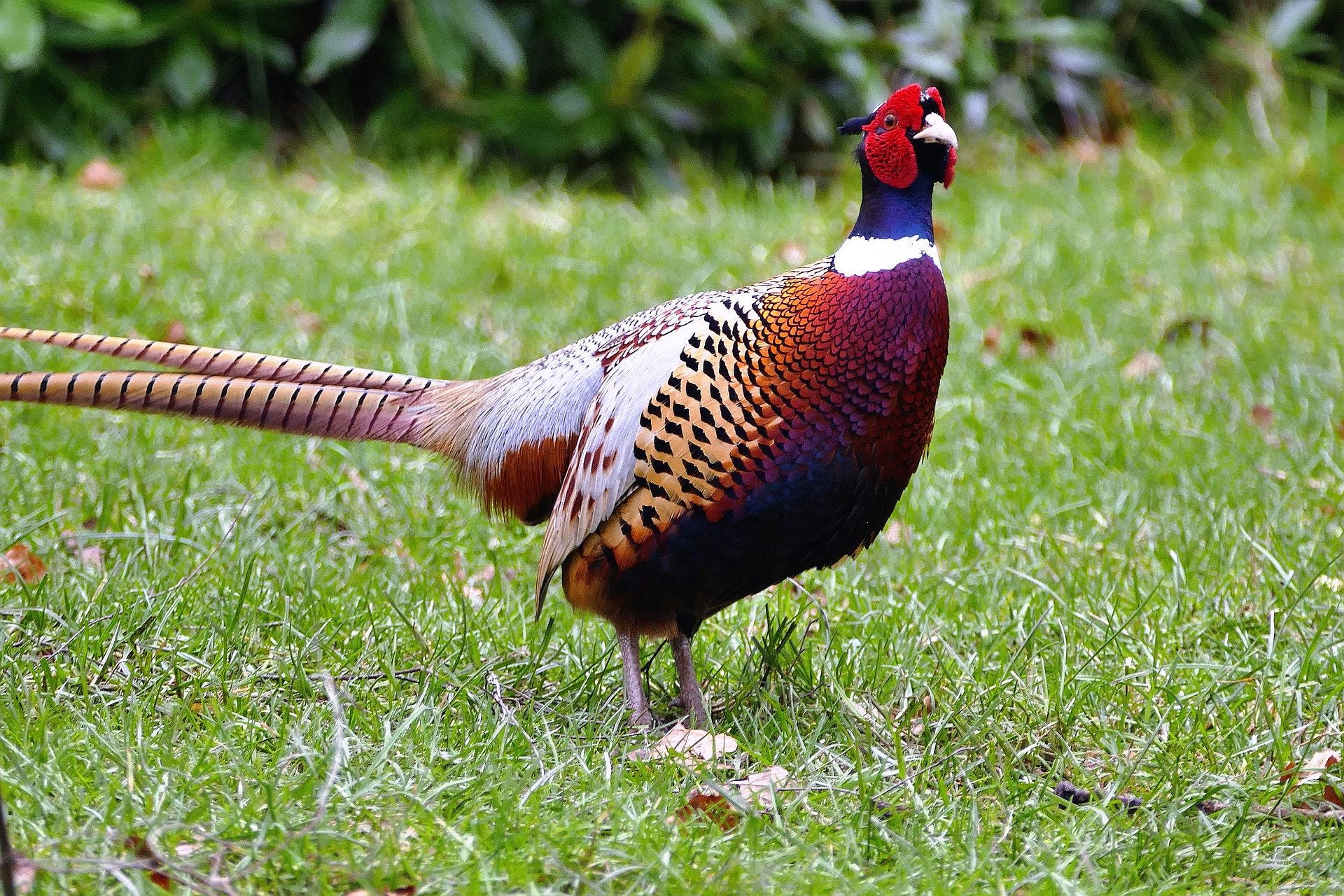
Pheasants are traditional messengers from Heaven in Japanese folklore. So, what happened the day a giant red one appeared in the sky over that island nation? And, what was it?
In the year 620 CE, a strange light, described in ancient texts as a red pheasant, appeared over the skies of Japan. This odd sight perplexed observers, some of whom recorded the event in stories which have since come down to our own time.
“On December 30 in 620, a red sign appeared in heaven. The length was more than one jo (10 degrees). The shape was similar to a pheasant tail,” Nihon-shoki described in 620.
For the next 15 centuries, researchers, including astronomers, meteorologists, and physicists have studied this phenomenon. Without photographs or modern measuring equipment, it is difficult to determine the cause of this bizarre sight, but researchers in Japan believe they may have found an explanation for this unusual event.
The “tail” of a celestial messenger
The early Seventh Century was a time when Buddhism was gaining in popularity among the elite of Japan, as the poor gravitated toward Shintoism. The Chinese writing system, including calligraphy, became more popular. The general population lived, largely, in clans, and these people would, within a few decades, develop their first powerful central government.
Following a shift in power away from the position of emperor, Prince Shotoku Taishi came to hold significant power. A scholar, he moved to establish a Confucian system of meritocracy, based on Chinese principles. These principles were codified as a constitution consisting of 17 articles outlining a government ruled by the most accomplished citizens.
The “red sign” appearing in the sky was interpreted, by some, to be a bad omen. Moreover, pheasants are traditionally important in Japanese culture, said to be messengers from heaven.
“It is the oldest Japanese astronomical record of a ‘red sign.’ It could be a red aurora produced during magnetic storms. However, convincing reasons have not been provided, although the description has been very famous among Japanese people for a long time,” said Ryuho Kataoka, of The Graduate University for Advanced Studies and the National Institute of Polar Research.
One problem with the idea that this phenomenon was the result of aurora is that these events do not, typically, resemble the shape of a pheasant’s tail. Also, Japan is not, currently, well-positioned for significant displays of northern lights. The ancient display was also not likely to be a comet, as these visitors from the outer Solar System are usually white, yellow, or green — not red.
Bringing the light a little closer
Researchers from The Graduate University for Advanced Studies believe they may have now solved the question of what caused this tawny display.
“The sight filled the northern sky; the immensity of it was scarcely conceivable. As if from Heaven itself, great curtains of delicate light hung and trembled. Pale green and rose-pink, and as transparent as the most fragile fabric, and at the bottom edge a profound fiery crimson like the fires of Hell, they swung and shimmered loosely with more grace than the most skillful dancer.”
— Philip Pullman, The Golden Compass
The team investigating the event found that Japan was far more likely to experience strong auroras in the Seventh Century than the island nation is today. Back 1,500 years in the past, the magnetic latitude of Japan (the angular distance between a region and the magnetic equator) was just 25 degrees, rather than its current value of 33 degrees.
Simulations suggest that powerful magnetic storms under these conditions are capable of producing shapes other than the ribbons and waves typical in northern and southern lights. These studies also revealed another shape that aurora can take under these conditions, and it is a strangely familiar form.
“Recent findings have shown that auroras can be ‘pheasant tail’ shaped specifically during great magnetic storms. This means that the 620 A.D. phenomenon was likely an aurora,” Kataoka said.
The size of the display — around 10 degrees across — is also consistent with what an aurora would produce under those conditions.
Researchers hope to continue their study of ancient texts, looking for the unexplained phenomenon which might be explained using the tools of modern science.
An English-language summary of the findings was published in the Sokendai Review of Culture and Social Studies.
This article was originally published on The Cosmic Companion by James Maynard, an astronomy journalist, fan of coffee, sci-fi, movies, and creativity. Maynard has been writing about space since he was 10, but he’s “still not Carl Sagan.” The Cosmic Companion’s mailing list/podcast. You can read this original piece here.
Get the TNW newsletter
Get the most important tech news in your inbox each week.






